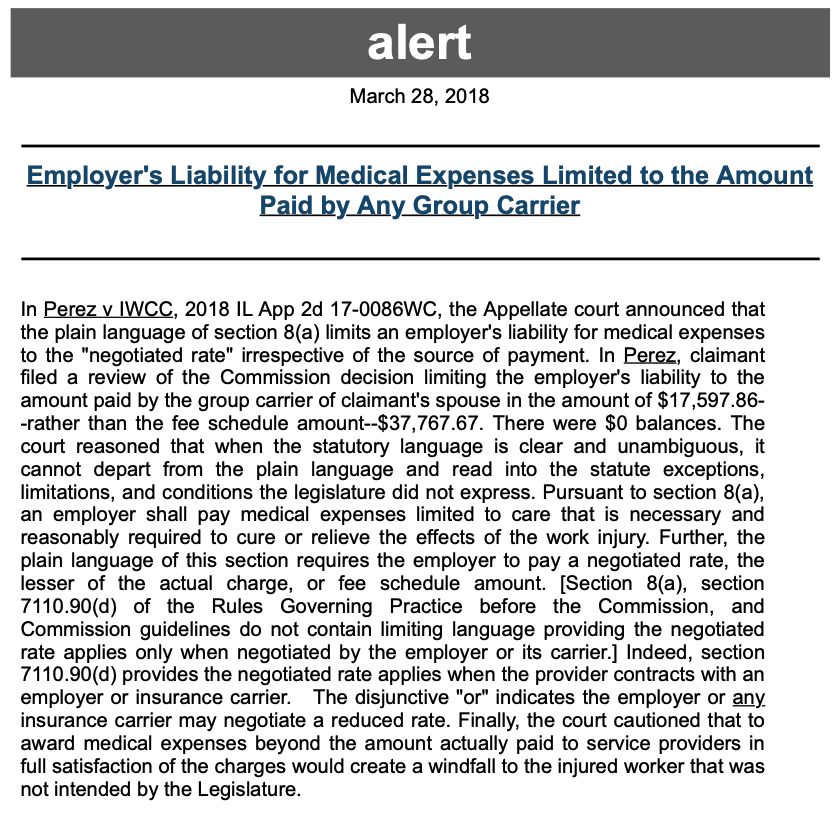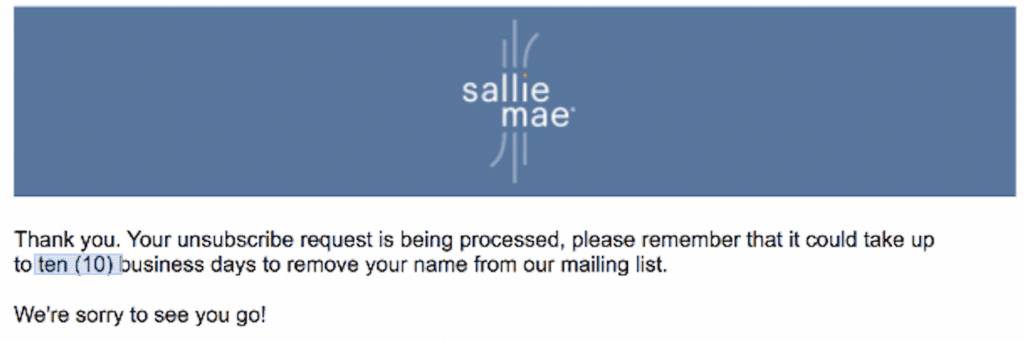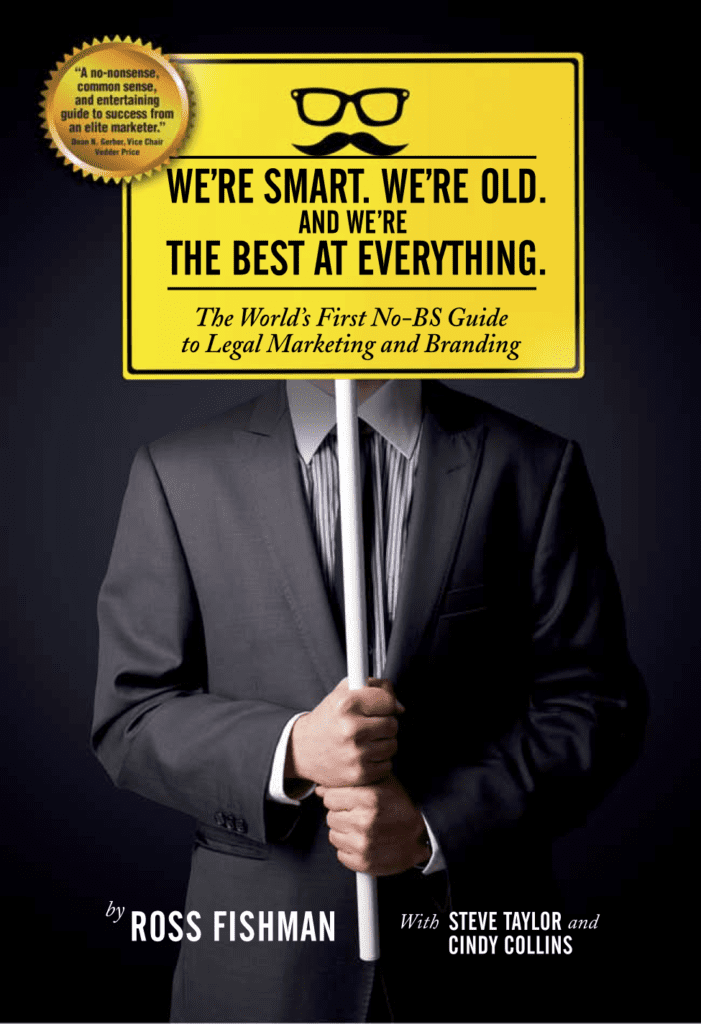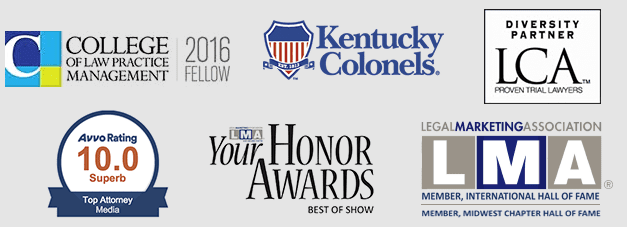Law firms regularly send out blog posts and alerts.
Few readers make it past the first paragraph.
COVID accelerated the pace at which lawyers and firms churned out blog posts, legal alerts, and newsletters for clients and prospects. And generative artificial intelligence platforms like ChatGPT make it possible to draft credible written materials in literally seconds.
Writing and disseminating valuable content can be a useful marketing strategy for lawyers and other professional-services providers. But if it’s not achieving a useful goal, then what’s the point?
In general, good marketing writing causes the reader to (1) notice your material, then (2) feel compelled to read it, then (3) act on it, e.g. contact you promptly to learn more or, ideally, hire you.
The goal of marketing communications
This is important to remember. The goal isn’t to send something, it’s to make money.
Sure, it can also help build trust, support your brand, and start a conversation, but let’s start by trying to generate business. (See tip #10 below.)
Having had the recent opportunity to read (and edit) dozens of communications across a range of firms and practices, I’d like to offer ten quick tips that will increase the value, impact, and reader engagement of whatever you send:
1. Write like Buzzfeed, not a treatise.
Even sophisticated readers prefer a light skim to a dense slog. Use short sentences, short paragraphs, small words, colloquial language, no legalese or jargon.
Here’s my favorite tip for writing for the Internet: “Write like you’re explaining the issue to a smart middle-schooler and you’ll have happier, more engaged readers.”
This applies to all marketing communications, including websites, alerts, blog posts, LinkedIn updates, etc. I’m a lawyer, but just because I can read dense, complex briefs full of legalese doesn’t mean I prefer to.
I mean, c’mon, really, pretend you’re a busy layperson and try to read the following alert’s very first paragraph. I challenge you to read the whole paragraph. It’s 270 complex words long; that’s more than an entire double-spaced typed page.
As you read, pay close attention to when you (a) give up, (b) start inadvertently skimming, or (c) notice your eyes start to swim. I promise you won’t make it halfway:

2. Keep it short.
Internet readers want one page, max. Offer simple, practical advice to help them save money, stay out of trouble, or do their job better and they’ll look forward to your next alert. Write your preferred version, then cut it in half. Then try to cut it in half again. Your readers will appreciate it. If they want more, they’ll contact you and ask. And remember, that’s what we want to happen.
3. Grab them with a simple headline.
Your alert is an interruption in their busy day. Capture their attention and imagination with a short, bold, useful headline. Popular clients may get 100+ emails per day plus 50 other law firm alerts and newsletters. Your headline and Subject line must compel them to stop what they’re doing immediately and read your material. Think Buzzfeed.
A subset of this issue is to use very short paragraphs, sub-headings, numbers, bullets, and bold and italic type throughout―as I’m doing here. Busy people skim basically everything, so I’m going to make it easy for them to grab the salient points while they do so. Remember, we’re emulating Buzzfeed.
4. Get to the point.
If you don’t grab them in the first sentence, they won’t read the second one. Begin by telling them precisely what you’re writing about and why they should care. Make the first sentence so simple, clear, and powerful that readers exclaim, “Hey, this looks really useful―I want to keep reading!” If you open with “credentialing” i.e. talking about yourself and your experience, or providing general background information regarding the topic, you’ve lost them.
How’d you do with the first law firm alert above? Did you enjoy it? If you had to, could you summarize the point(s) it was trying to make? I doubt it.
Here’s another, this was the beginning of the very first sentence of a different law firm newsletter I received―a case name with complete citation (as though the readers would go pull the dusty law book off of their shelves), plus a bunch of legal jargon, and it got worse from there. That’s just poor communication.

5. Provide analysis, not information.
Don’t simply repeat or summarize the events―tell them what to DO about it. Remember, you’re a law firm, not CNN, the Tribune, or Above The Law. Our target clients can obtain the basic facts about a new court decision or piece of legislation more quickly and thoroughly from a major print, TV, or online news source.
We’re the legal experts, we must provide specific, actionable advice. That is the value we provide. Don’t regurgitate the news, tell them specifically what they should do about it and they’ll look forward to your next article.
6. Omit case names, citations, and lengthy court names.
Case citations and other legal jargon are a visual wall. Lay readers will immediately stop reading or begin skimming. Consider―unless you have a referral-based specialty practice where your targets are other lawyers (e.g. patent, admiralty, PI, divorce, or criminal), your targets aren’t lawyers or judges. They don’t need the official case names or citations, or the lengthy formal name of the court or district it’s in.
For example, lawyers like writing “The United States District Court for the Northern District of Chicago” [11 words, 70 characters], whereas most people prefer the simpler and, arguably, clearer, “Chicago federal court” [3 words, 21 characters]. If you feel you absolutely must include this stuff, bury it at the bottom.
7. Don’t repeat numbers in parentheses, like “three (3).”
No one was ever confused by “8” or “eight.” Only one version is required for clarity. Lawyers don’t really consider why they’re doing it, it’s just a mindless habit we learned as first-year associates and never thought to reevaluate.
Use one or the other, just keep your numbering system in the document internally consistent. In this email excerpt below, was Sallie Mae really concerned I wouldn’t know how many days “ten” was?

8. ChatGPT is fine, but dull.
Lawyers find a blank screen paralyzing; they prefer editing. And AI platforms like ChatGPT can be a useful way to create that first draft. But until you teach it a stronger style, the writing can be pretty tedious. It’s just… OK. And “OK” doesn’t cut through the clutter.
Readers are too busy to spend time on a C+/B- article, it’s gotta rate an A for style and substance. So, absolutely, use ChatGPT as a start, then zhuzh it up until it truly sings.
9. Avoid obvious self-promotion.
No one’s going to volunteer to read your advertorial. You’re not going to persuade them that you’re smart by talking about yourself, but rather by showing your mastery of the subject.
Focus the blog post or alert on helping them solve their problems. Busy professionals rarely choose to watch an infomercial or read a brochure; as soon as they discover it’s all about you, they’ll stop reading.
And here’s the most critical tip:
10. General topics build your brand. Specificity gets you hired.
THIS is how to get hired from articles or speeches. I get most of my marketing business by writing and speaking, with lawyers or marketers (a) contacting me after they’ve read an article or blog post, or (b) hanging around the lectern after a speech (webinars have made that part trickier). So, after giving 500+ presentations and writing 500+ bylined articles on a wide range of topics, here’s a fascinating strategy I discovered:
If I’m writing or speaking to get hired, at some point I need my audience to think the following, in this precise sequence:
That is, by educating your audience in just the right way, you can use the article or presentation to create a need they didn’t realize that they had, where you are the obvious solution. People like learning new things, but there’s a clear line―if they ever feel like you’re trying to sell them something, they’ll resent it and tune out. It’s a fine line between education and sales, but it’s possible. And it’s worth it.
For more information, click here for some excellent advice (styled as a clever parody), written by Aon Chief Counsel Mark Herrmann in an Above the Law blog.
Please contact me anytime to discuss this. Or to, you know, hire me for something. (See what I did there?) 😁
—————————————————
Need a new brand or website? Or maybe a firm retreat or marketing training?
Contact Ross Fishman directly to discuss your firm’s branding needs at +1.847.921.7677 or ross@fishmanmarketing.com. We also recommend Ross’s definitive book on the subject, “We’re Smart. We’re Old. And We’re the Best at Everything. The World’s First No-BS Guide to Legal Marketing and Branding” available at Amazon here.


